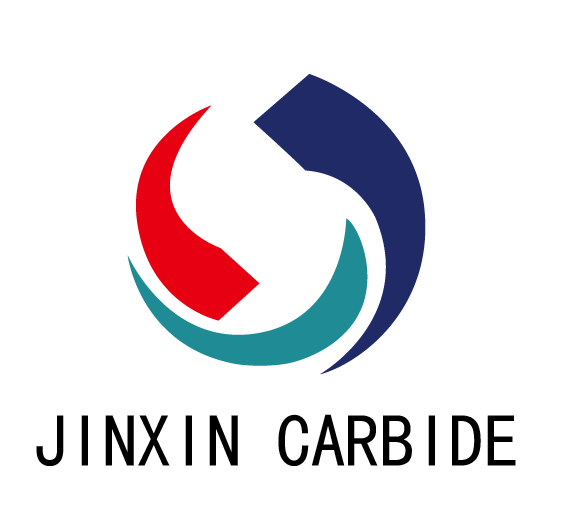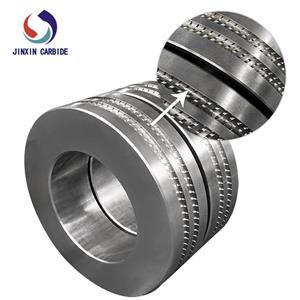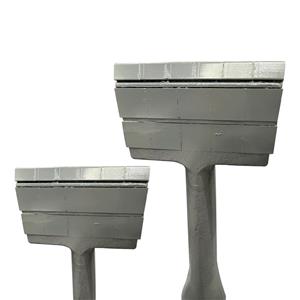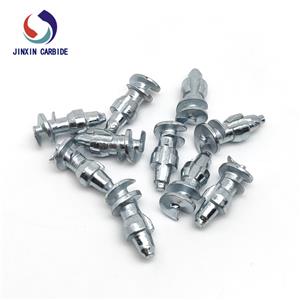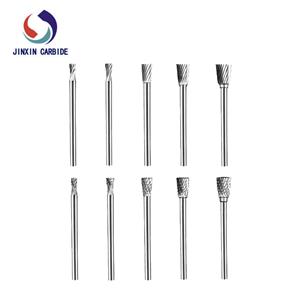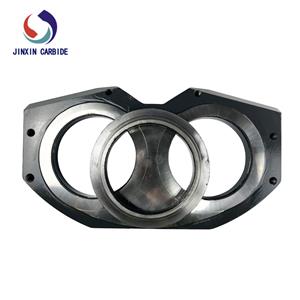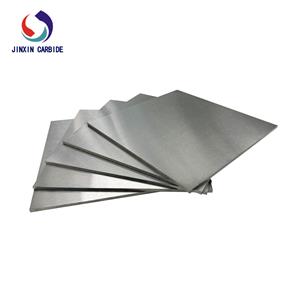Do you know the production process of tungsten carbide rods
Zhuzhou Jinxin Cemented Carbide Co.ltd is a special tungsten carbide rods manufacturer and exporter in the past 10 years.We are very proud of our more than 10 years' successful experiences of supplying our high-quality tungsten carbide rods with fine service at the most competitive prices. as for each tungsten carbide rods must through the following process,
1) Raw material
Sheelite or wolframite is the tungsten containing mineral. Ammonium-Para Tungsten is the beginning raw material of our production.The "Wet "process is the first step involving a sequence of dissolutions, precipitations and separations.
2) Reduction
After a hot reduction of the APT in hydrogen we obtain pure tungsten powder (W). By varying the reduction process the grain size of the tungsten power can be controlled within ca.1-20um
3) Carburization
Tungsten and carbon is mixed in the proper proportions. The mixture is heated at a high temperature in hydrogen under formation of tungsten carbide powder (WC)
4) Weighing-in of the ingredients
Different WC powder and binder Cobalt (Co) powder are looked as the raw material for the manufacturing of cemented carbide. After weighing-in of WC, Co and other additives to prescribed composition and cemented carbide grade, the mixture is wet milled.
5) Milling
The milling has effect on both carbide grain and homogeneity of the slurry. The milling procedure is important for achieving homogeneous cemented carbide after sintering.
6) Spray-drying
After milling the slurry must be dried, for example, by spray-drying to powder form. This "Ready-To-Press"(RTP) powder consists of spheric agglomerates of the constituents.
7) Blending test
The pressing properties and the composition of the RTP-powder are important for the following process. The size and shape of the RTP-powder are measured. Furthermore the powder must have good flow behaviors in order to uniformly fill the cavities of a press tool.
8) Compaction
The production of cemented carbide starts to press RTP-powder into compacts. Different methods of compaction RTP-powder:
-Uniaxial die pressing: gives high reproducibility in shape, relatively high fixed and low variable costs.
-Cold isostatic pressing(CIP): For products with shapes unsuited for uniaxial pressing, low fixed and high variable costs.
-Extrusion: For cemented carbide rods: high fixed and low variable costs.
9) Soft Machining
In some cases the compacts are soft machined or green shaped into a proper shape prior to sintering.
10) Sintering
The sintering is the final process step in which the cemented carbide get its properties as a high strength engineering material. The sintering process is performed at such high temperature so the molten binder could combine with the WC. The sintering could be done with or without high isostatic gas pressure (HIP)
11) Machining
After the sintering the compact has undergone shrinkage of ca.50 volume-%. Some CC-blanks are ready for dispatch after sintering. Most blanks are machined by different means, for example, EDM, turning, drilling, grinding, to make finished tool.
12) Quality Control
A quality control is performed of the cemented carbide pieces before shipment: dimension, shape and physical properties are checked before approval of the tungsten carbide rods.
It is said that tungsten carbide was teeth of the modern industry, we believe it and we have been made efforts for making the teeth more sharper in the past 10 years. And it is always in the mind to offer our best service to any client at any time. If you are interested in tungsten carbide rods or have any question about it, please contact us directly sales1@jxcarbide.com .
